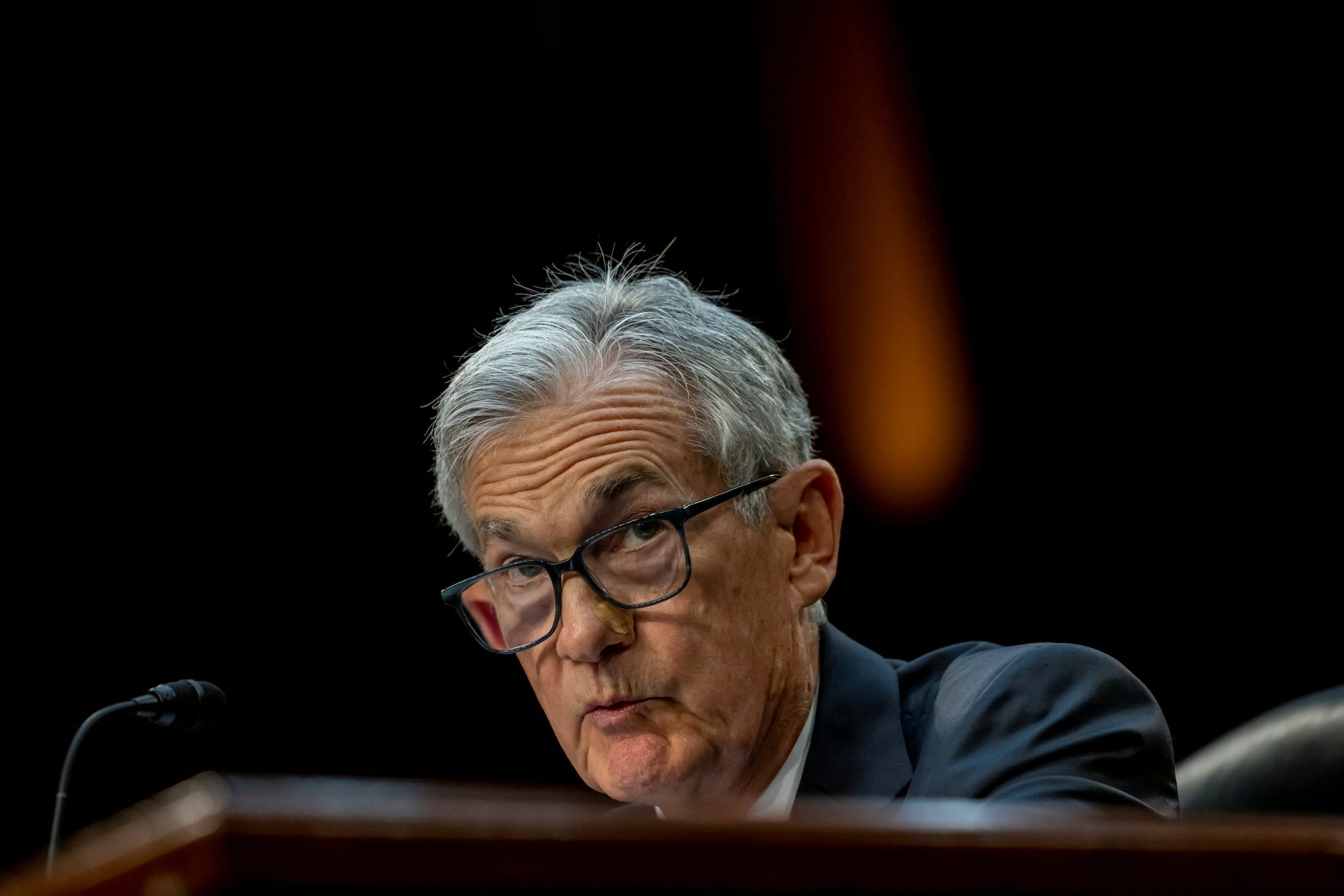
The US Federal Reserve’s path to interest rate cuts just hit a major roadblock. Fresh inflation data for January showed consumer prices rising more than expected, challenging market assumptions that the US central bank would soon lower borrowing costs.
With inflation still hovering above the Fed’s 2% target, policymakers now face tough decisions in the months ahead.
The latest Consumer Price Index (CPI) report showed a 0.5% monthly rise in prices, with core inflation — excluding food and energy — also climbing higher than expected.
On a year-on-year basis, inflation ticked up to 3% in January from 2.9% in December, reflecting persistent cost pressures across key sectors like energy, housing, and imported goods.
Markets had been increasingly pricing in rate cuts as early as May or June, but those expectations have now taken a hit. The CME Group’s FedWatch Tool now shows that 97% of analysts do not expect any rate cut in March, with growing uncertainty around when — or if — the first cut will happen in 2025.
Why this matters: The Fed’s dilemma
Fed Chair Jerome Powell and other officials have consistently signalled a ‘wait-and-see’ approach, emphasising that rate cuts would come only if inflation showed clear signs of sustainable decline. While Powell acknowledged in his testimony before the Senate on Tuesday (February 10) that inflation had “moderated a little further last year,” he also warned that progress had been bumpy.
This latest inflation surprise complicates matters. On one hand, keeping rates high for longer could help ensure inflation continues to cool; on the other, risks of slowing economic growth and potential labour market strain remain on the radar. The Fed must now balance these competing forces carefully.
How have rate cut odds changed?
Before the CPI release, traders were betting on 3-4 rate cuts in 2025, starting as early as May. Now, expectations have dramatically shifted:
March rate cut? Seems almost off the table.
June cut? Uncertain. If inflation remains sticky, the Fed may delay its first move further into the second half of the year.
Fewer cuts overall? Likely. Some analysts are now pencilling in just two rate cuts instead of four for 2025.
The Trump factor: Tariffs and inflation
President Donald Trump’s recent tariff announcements have also raised fresh concerns about inflation. His plan to impose additional levies on imports, particularly from China, could push consumer prices even higher, complicating the Fed’s job.
Trump himself took to his TruthSocial platform, calling for rate cuts:
“Interest rates should be lowered, something which would go hand in hand with upcoming tariffs!!! Let’s Rock and Roll, America!!”
Trump has no direct authority over the Federal Reserve, but this isn’t his first call for a rate cut since returning to the White House in January. During his first term, he also repeatedly pressured the central bank, AFP reported.
His latest remark follows Powell’s statement that there is no urgency to cut rates, as policymakers remain vigilant on inflation — an issue many economists argue will be worsened by Trump’s expansive new trade tariffs.
Powell’s stance: No rush to cut
So, what’s next? Powell’s latest remarks suggest that the Fed remains firmly in “higher for longer” mode until there’s clearer evidence that inflation is on a steady downward path.
“We’re in a pretty good place with this economy. We want to make more progress on inflation, and we think our policy rate is in a good place,” Powell told lawmakers. “We don’t see any reason to be in a hurry to reduce it further.”
Translation: Unless inflation unexpectedly cools or the labour market weakens significantly, rate cuts are not imminent.
The bottom line: Uncertainty reigns
For now, the Fed is likely to keep rates steady, watching inflation trends closely before making its next move. Market expectations for aggressive rate cuts have been dialled back, and if inflation remains sticky, the first cut could be delayed well beyond mid-year.
This means higher borrowing costs for consumers and businesses could persist for longer than many had hoped, keeping mortgage rates elevated and corporate financing expensive. The long battle against inflation isn’t over yet — and neither is the Fed’s careful balancing act.
(With agency Inputs)


